The 2014 ESC guidelines for the diagnosis and treatment of aortic disease (1) emphasize the value of the overall protocol and propose to view the aorta as a "whole organ". Professor Luo Jianfang 's team at the Vascular Disease Diagnosis and Treatment Center of Guangdong Provincial People' s Hospital has been adhering to the overall treatment concept of "focusing on the whole body based on the heart". During the International Vascular and Endovascular Conference (VEITH symposium) held at the Hilton Hotel in New York, USA, on November 14, 2023, Professor Luo Jianfang introduced the team 's "Chinese experience" from aortic endovascular therapy (TEAVR) to transcatheter aortic valve replacement intervention (TAVR) in a keynote speech, and conducted in-depth communication with international experts on one-stop TAVR + TEVAR surgery.
Expert Interview
LUO Jianfang
Guangdong Provincial People 's Hospital Vascular Disease Diagnosis and Treatment Center

In clinical practice, aortic valve disease with aortic disease is common, and about 6-10% of patients with aortic stenosis have descending aorta or abdominal aorta disease, and the treatment plan needs to be selected in combination with the specific condition of specific patients. The coexistence of the two diseases is often divided into priorities, whether to "one-stop" surgery, it is necessary to comprehensively assess the aortic and aortic valve lesions. For patients who meet the indications for "one-stop" surgery after adequate evaluation, one-stop TAVR + TEVAR surgery can not only reduce the patient's pain, but also critically improve the treatment efficacy and safety, which can bring more benefits to patients.
Single-center TEVAR and TAVR experience
Established in 1958, the Vascular Disease Diagnosis and Treatment Center of Guangdong Provincial People 's Hospital is the largest vascular disease center in southern China and the only cardiovascular disease cooperation center in the western Pacific region of WHO. Cardiovascular centers rank among the top spears in the country. Over the past 20 years, Guangdong Vascular Disease Diagnosis and Treatment Center has accumulated mature experience in TEVAR and TAVR techniques (Figure 1). TEVAR for acute type B aortic dissection (TBAD) was performed in 2002, and TAVR has been performed since 2016. The number of TAVR procedures has been increasing year by year from 2016 to 2023, and nearly 800 TAVR procedures have been performed to date. Patients who underwent TAVR had a mean age of 73 ± 7 years and were followed for a mean of 22 months, with an in-hospital mortality rate of 1.5% and a 5-year survival rate of 79.4% (Figure 2).
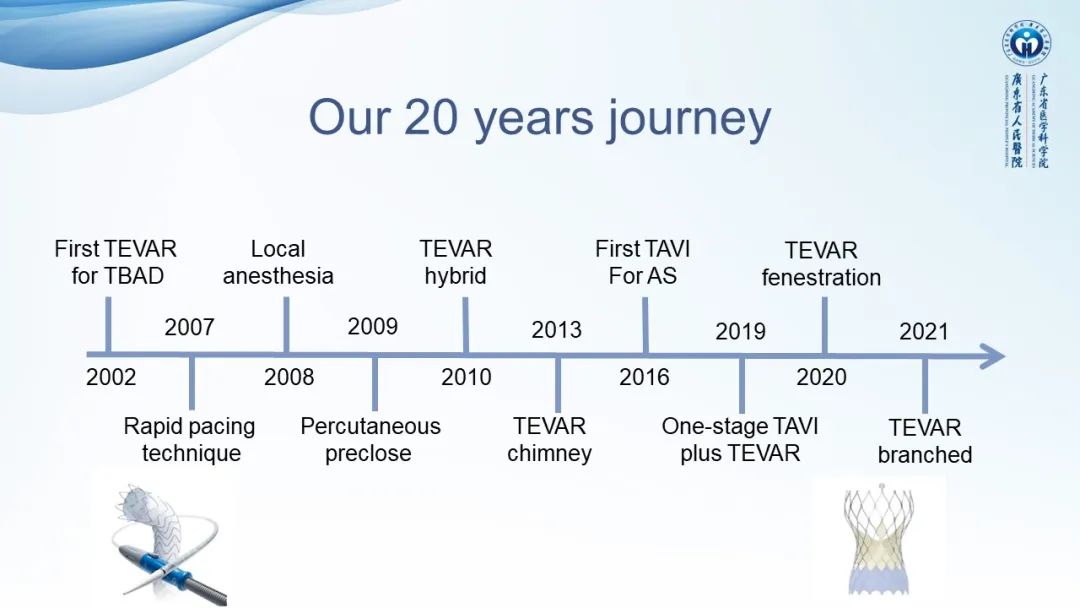
Figure 1. 20-year development history of vascular disease diagnosis and treatment center in Guangdong Provincial People's Hospital
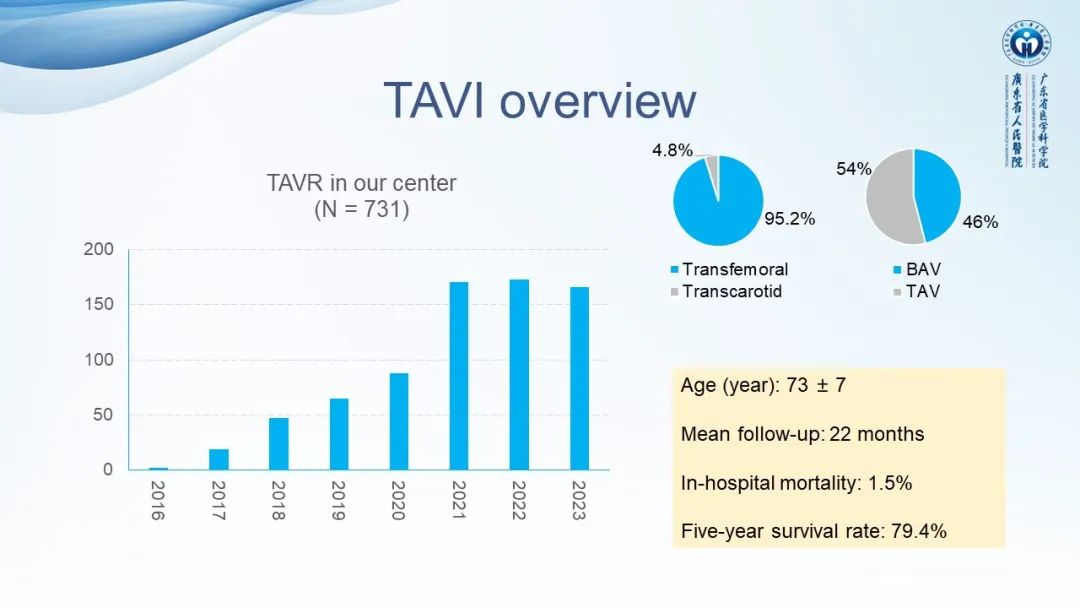
Figure 2. Review of TAVR experience in Guangdong Provincial People's Hospital Vascular Disease Diagnosis and Treatment Center
Coherence between TEVAR and TAVR
In surgical techniques, TEVAR for thoracic aortic lesions and TAVR for aortic valve disease share many similarities:
(1) Approach management: Percutaneous femoral artery approach is mostly selected and percutaneous presuture technique is used.
(2) Access establishment: Superstiff guide wires and large diameter delivery systems should be used.
(3) Precise release: Both the aortic and arterial walls pace rapidly and require accurate positioning during implant release.
TEVAR 's technological accumulation shortens the learning curve for TAVR, and the development of TAVR also enhances TEVAR' s understanding. It is reported that Professor Luo Jianfang, Professor Fan Ruixin and Professor Peng Yucheng jointly developed an innovative device for endovascular treatment of type A aortic dissection. At present, FIM study has been completed and national multicenter phase I clinical study is being carried out. It is expected that more new study data will be published next year.
One-stop TAVR + TEVAR procedure
As early as 2019, Professor Luo Jianfang demonstrated the first case of one-stop TAVR + TEVAR surgery at the Asia-Pacific Branch of the Congenital, Structural and Valvular Heart Intervention Conference (CSI ASIA-PACIFIC). At this Vieth meeting, this case triggered a high interest of the guests in one-stop TAVR + TEVAR surgery, and a lively discussion on case selection, surgical strategies, perioperative management and follow-up of "one-stop" surgery.
MEDICAL HISTORY DATA:A 77-year-old woman presented with recurrent chest tightness and shortness of breath for two years.
Diagnosis: Aortic stenosis (severe), descending aorta penetrating aortic ulcer, coronary heart disease (LM + 2VD); type 2 diabetes; history of hypertension; NYHA class III. STS score on admission was 2.9%.
Procedure:One-stop TAVR + TEVAR procedure.
Surgical results:The postoperative results were satisfactory and the prognosis was good.
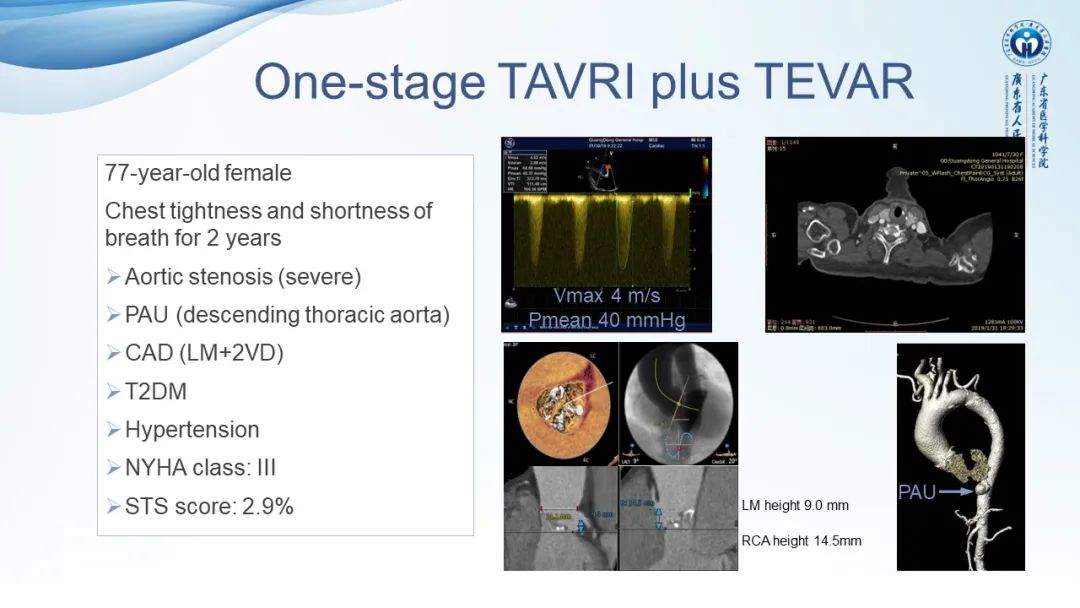
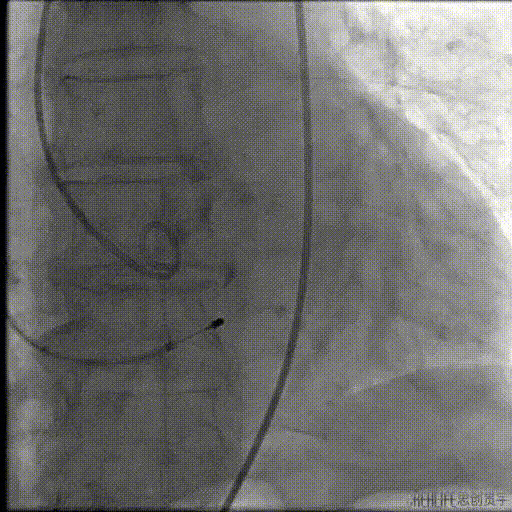
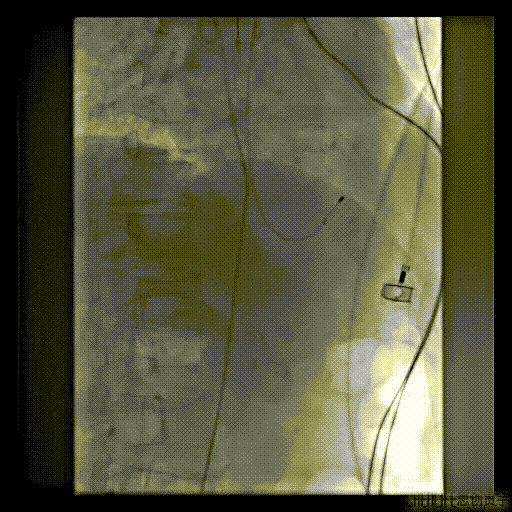
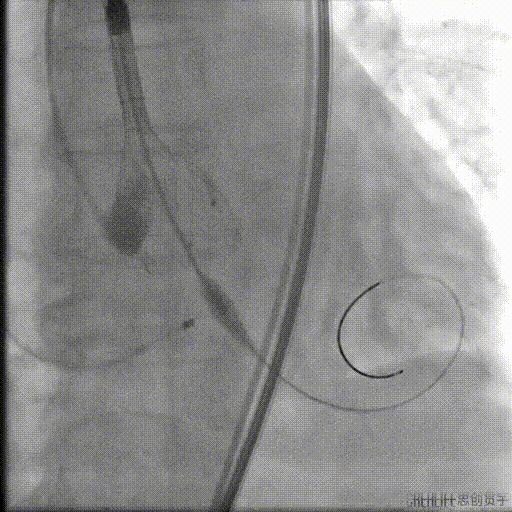
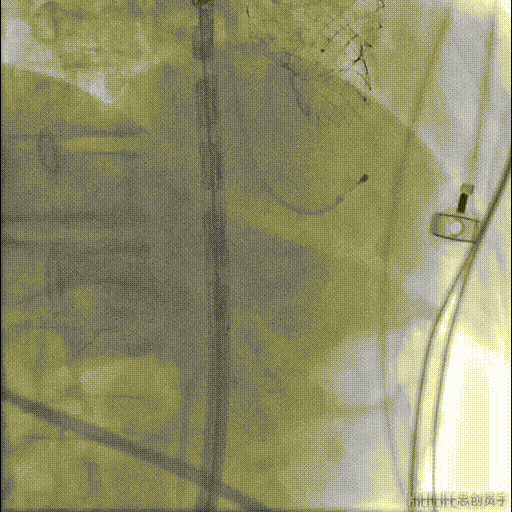
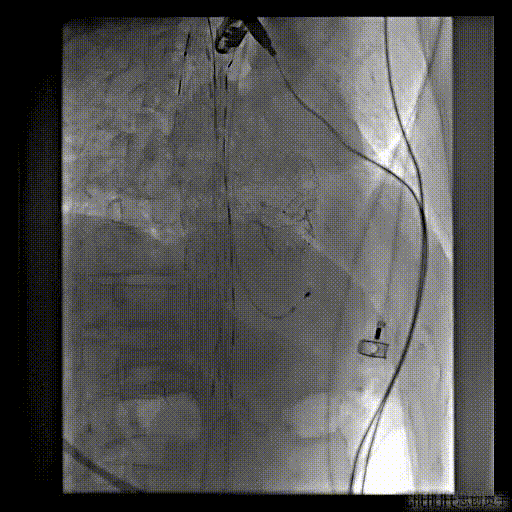
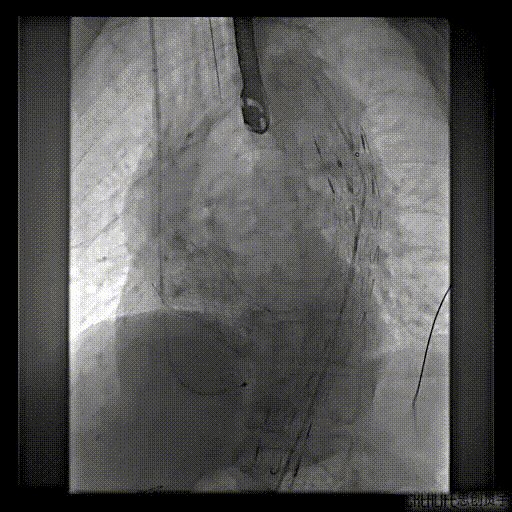
Single center aortic related studies and device innovation
TAVR has triggered a new understanding of TEVAR by the team, and Professor Jianfang Luo 's team has conducted a series of studies on aortic lesions involving the aortic arch in recent years and proposed that:
(1) supra-arch vascular malformations require accurate assessment and individualized reconstruction protocols;
(2) patients with type B IMH, ulcer-like projections, and increased 18F-FDG uptake are more likely to develop aortic adverse events;
(3) endovascular therapy (EBT) or total arch replacement (TAR) combined with frozen elephant trunk stent (FET) may be a feasible strategy for the treatment of non-A non-B AD.
Summary
A multidisciplinary team of aortic and valvular surgeons has the advantage of providing the best treatment for difficult cases. TAVR has similarities to TEVAR and can be used for reference. In his speech at the Veith Conference, Professor Jianfang Luo also specifically introduced his team 's device innovation for endovascular treatment of type A aortic dissection and TEVAR-related studies, providing evidence from China.


